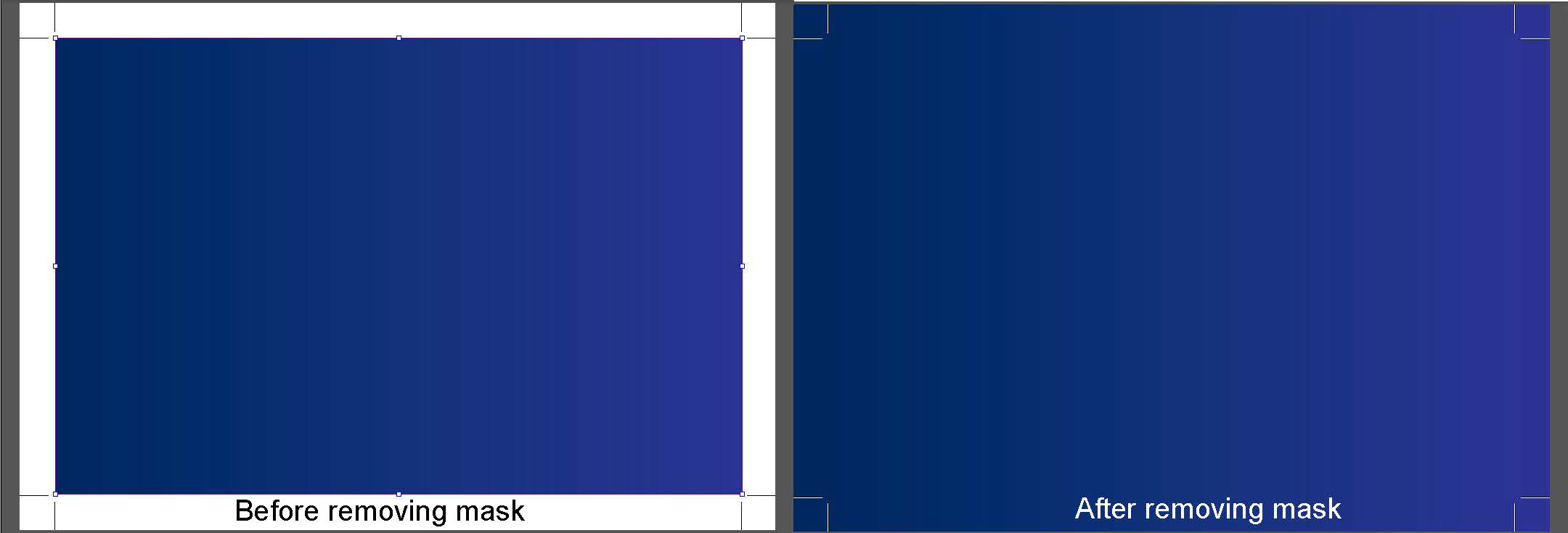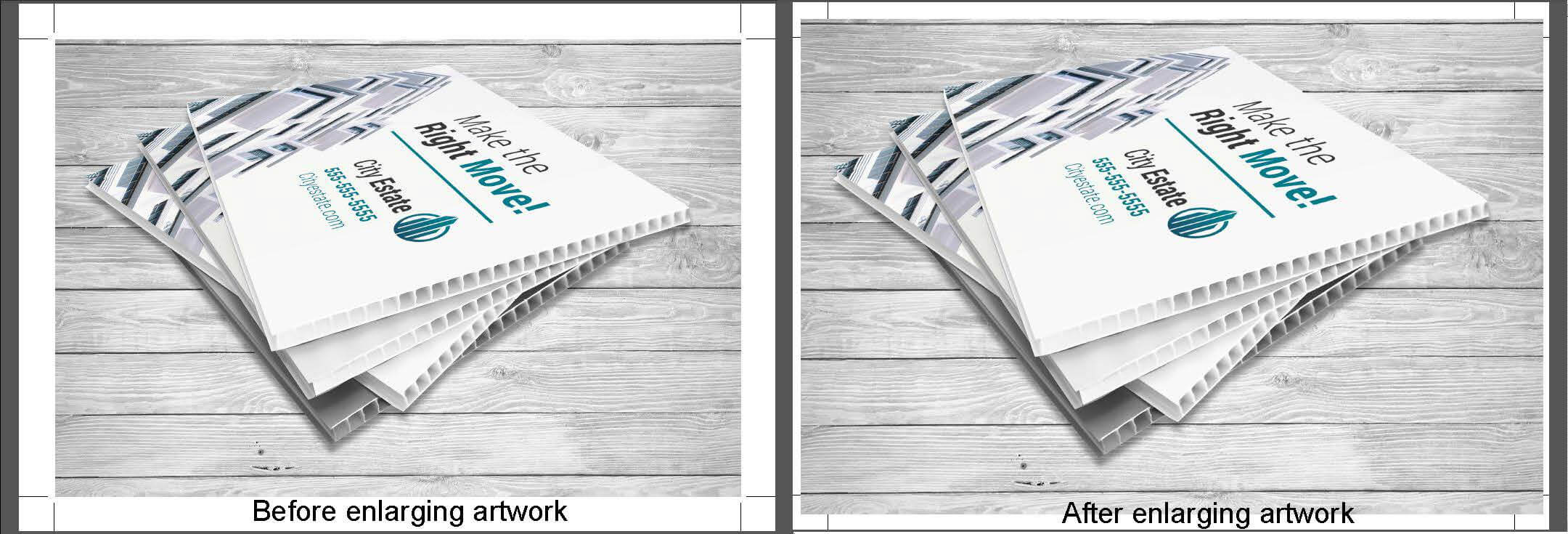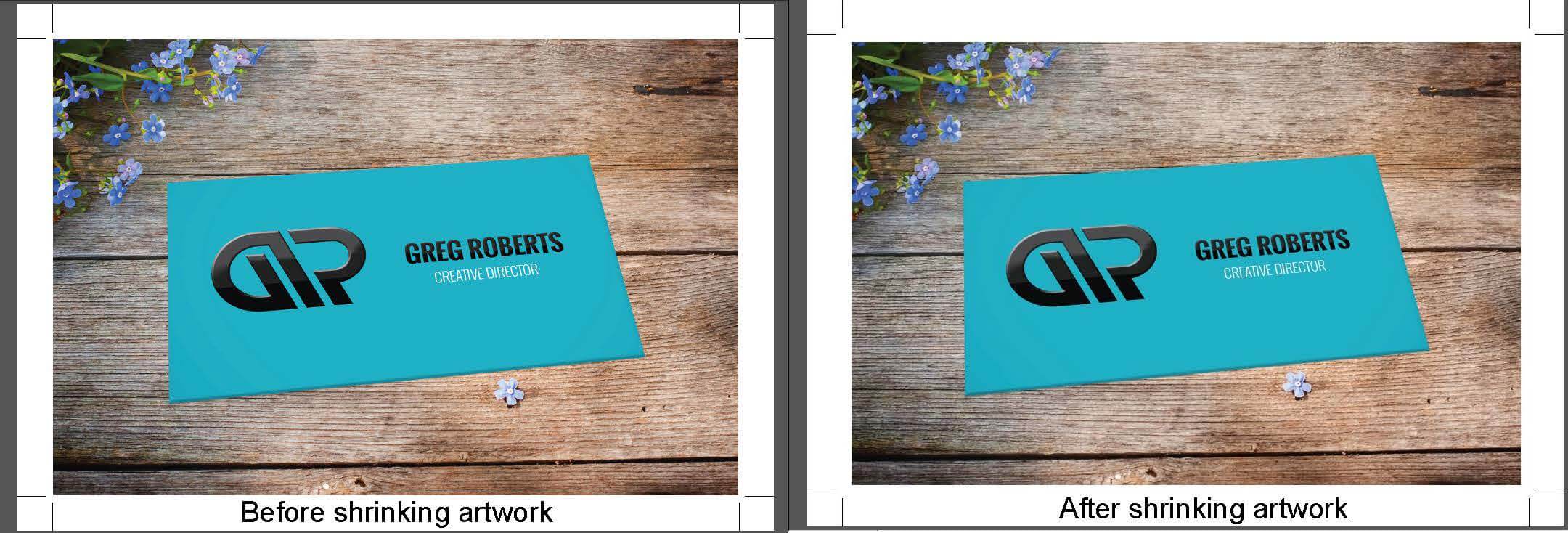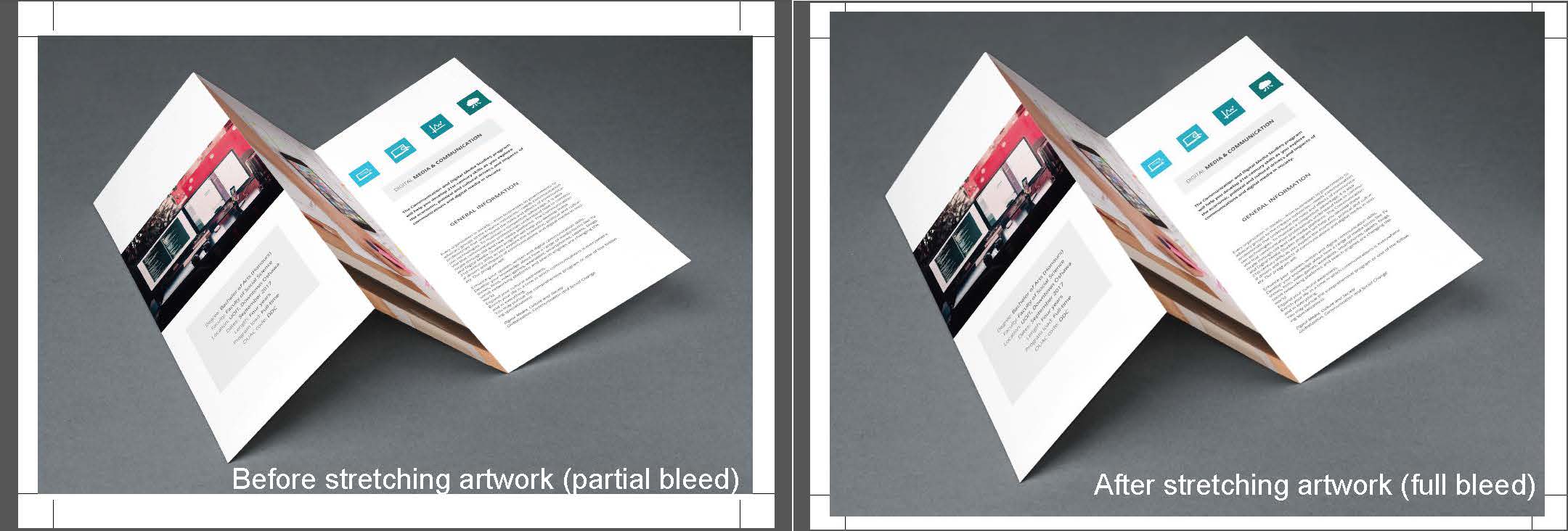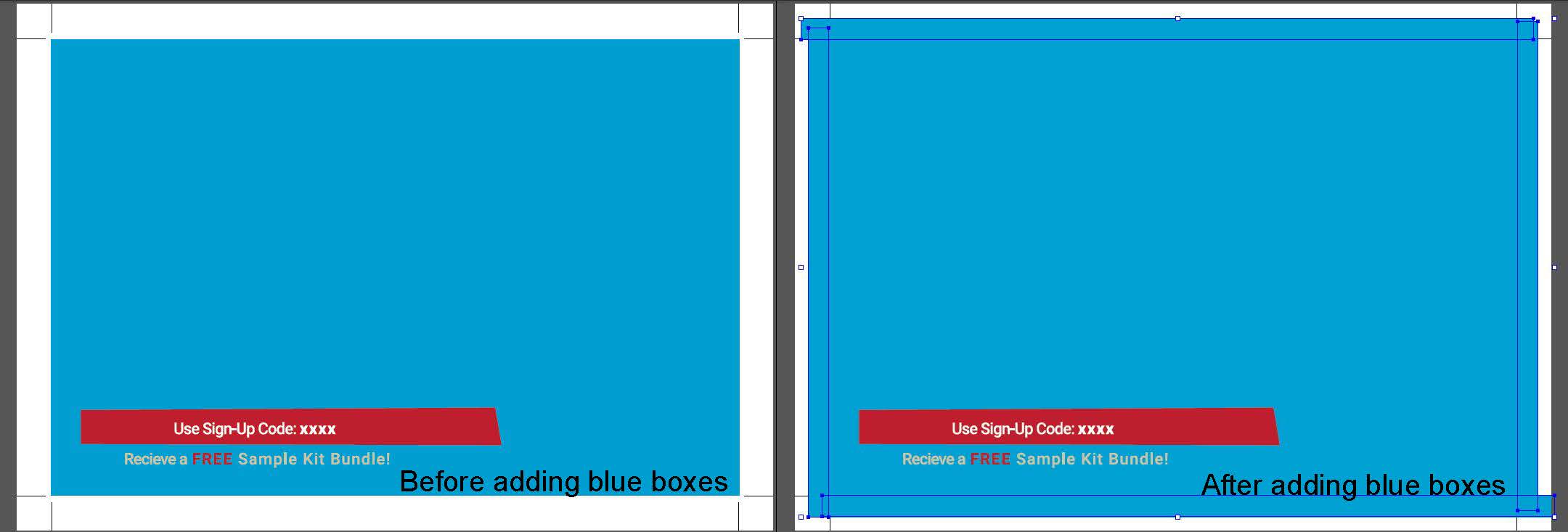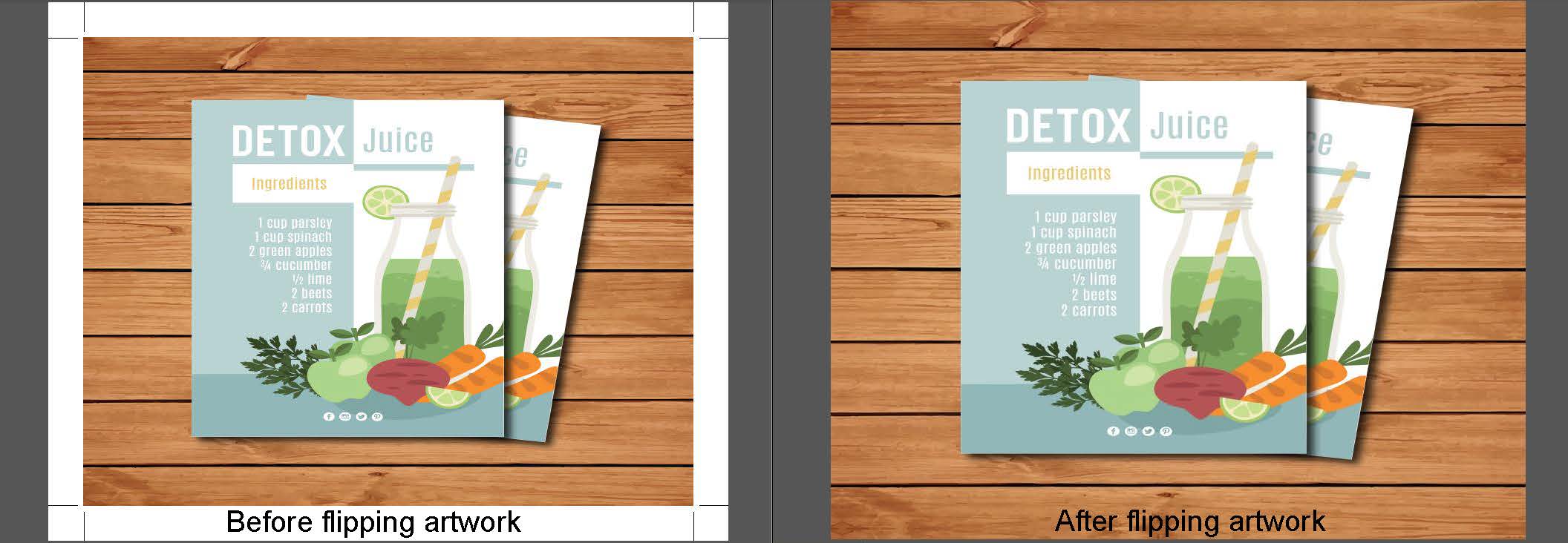3 Powerful Tricks to Learn New Skills Faster
3 Powerful Tricks to Learn New Skills Faster
“Change is the law of life. And those who look only to the past or present are certain to miss the future.”
– John F. Kennedy
Though few people like it, change never stops.
Success in life requires the ability to adapt. As one Chinese proverb quips, “the wise adapt themselves to circumstances, as water molds itself to the pitcher.”
Whether you enjoy change or not, the pace of change marches ahead at an ever-increasing pace. Here is a statistical snapshot of what that looks like:
- 94% of the internet workload will be processed on the cloud by the end of 2021
- It is estimated that 70% of all automobiles will be connected to the internet through the Internet of Things by 2023
- By 2030, the fully and semi-automatic car market will be worth $26 billion
- Artificial Intelligence is slated to replace around 85 million US jobs by 2025
- The world has produced 90% of its Big Data (or extensive data sets) in the past two years
Does that feel overwhelming?
It can be. But humans are change experts. We are master adapters! People adapt when they enter a new life stage, take a new job, when abrupt social change occurs, or when faced with a health crisis.
Simple Skills that Increase Retention
As you are prompted to innovate, create new jobs, or develop new ways of working, you can learn faster and retain more information. Want to be more efficient in learning new skills? Here are a few tips:
1. Rehearse Aloud
When trying to learn someone’s name, people often speak the name aloud two or three times in the initial conversation.
Research shows that, compared with reading or thinking silently, the act of speech is one of the most important mechanisms for retaining information. Want to retain and solidify something in less time? Rehearse it aloud.
As psychologist Colin MacLeod says, "learning and memory benefit from active involvement. When we add an active measure or a production element to a word, that word becomes more distinct in long-term memory, and hence more memorable."
2. Link New Ideas with Familiar Concepts
Mentally connecting concepts is a fantastic memory hack.
Associative learning takes place when two elements are connected in our brain in a way that links seemingly unrelated things. For example, a science teacher might set out an ice cube, a bowl of water, and a steaming pot to link something kids are already familiar with (common forms of water) to explain a new concept (the phases of matter).
In simple terms, whenever you say, “Oh, I see . . . this is basically like that,” you’re associating something you currently understand with something you’re trying to learn. By mentally linking things, you learn and categorize quickly and remember them more easily.
3. Practice Varying Skills in Succession
Interleaving is a learning technique that involves mixing different topics or forms of practice to facilitate learning. For example, if a student uses interleaving while preparing for an exam, they can mix up different types of questions rather than study only one type of question at a time.
This varied practice (as contrasted with the specific practice of one skill) focuses on multiple tasks at once. Interleaving blocks you from slipping into mindless muscle memory and forces continual adaptation and adjustment. When you quickly switch between practicing piano, typing, and marimba – or speaking Spanish, German, and Italian – it helps you really learn what you’re trying to learn because you must concentrate at a deeper level.
Need to learn something new? Try these tricks to become more lean and efficient in the process!Need some fresh ideas? Contact us today to get started! 516-561-1468 or FOR MORE INFORMATION ON ANY OF OUR MARKETING PRODUCTS GO TO:www.printcafeli.com








